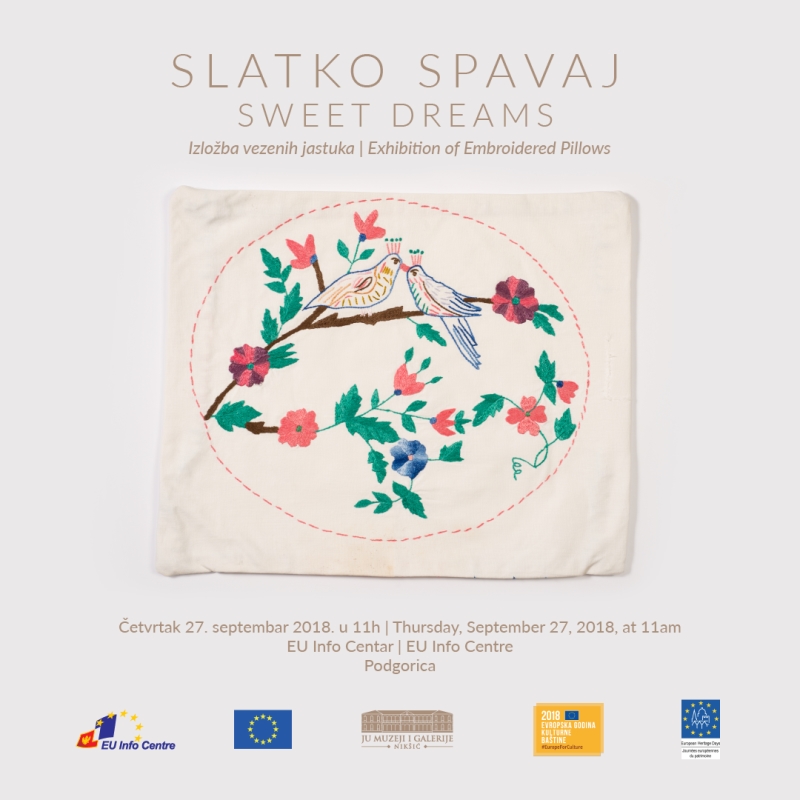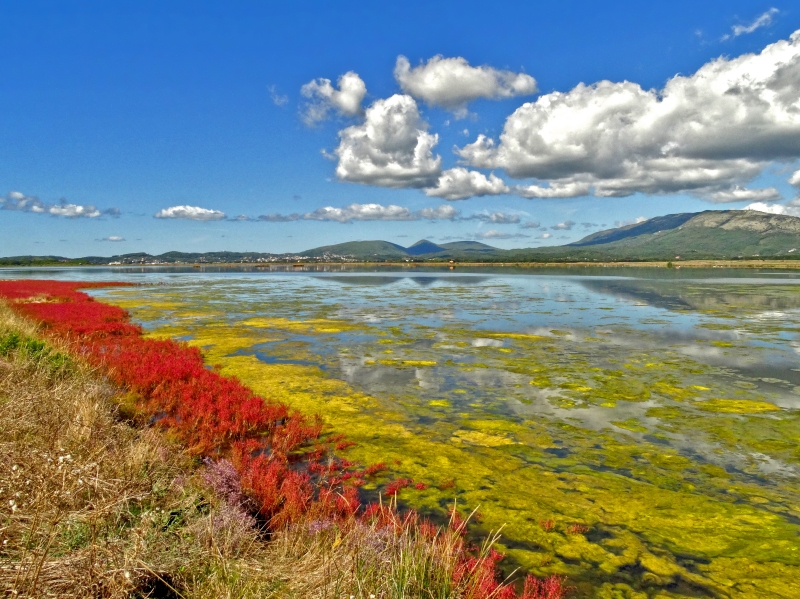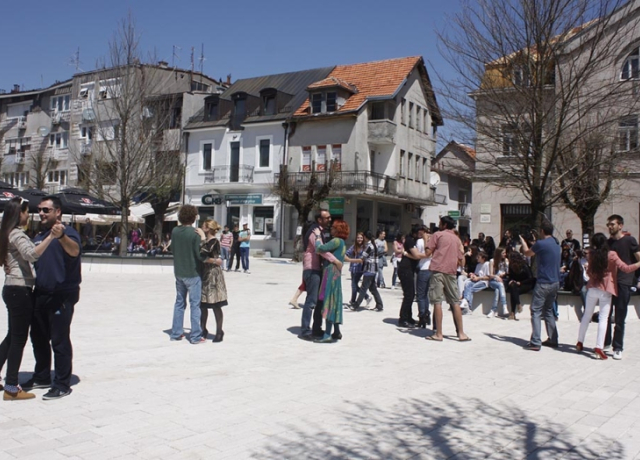“The Art of Sharing” Celebrated Across Montenegro
“The Art of Sharing” Celebrated Across Montenegro
As announced earlier this year, Montenegro has set out to mark the European Year of Cultural Heritage and European Heritage Days with a spectacular series of events.
From 21 to 30 September, eleven municipalities offered a total of 40 different heritage events that reflected “The Art of Sharing.” From Budva and Šavnik to the Skadar Lake and Biogradska Gora national parks, Montenegro provided access to its national treasures to hundreds of heritage enthusiasts. The programme, as always, included exhibitions, lectures, workshops, concerts, as well as visits to national parks and culturally significant places.
The official beginning was marked with the exhibition titled “140 Years since the Berlin Congress in 1878 and the First Time Montenegro Gained Independence,” which gathered the leading political, cultural and heritage authorities from Montenegro and the region. A scientific conference dedicated to the “National Heritage of Montenegro” followed the opening event in the capital Podgorica.
Exhibitions, Workshops, and Tours Showcasing Montenegrin Cultural Richness

The 2018 European Heritage Days events in Montenegro once again united different regions and towns in celebrating shared European Heritage.
Budva, Podgorica, and Bijelo Polje hosted exhibitions that demonstrated some of the most extraordinary intangible heritage of Montenegro. Throughout September, museums, libraries and galleries in Budva promoted the works of local and regional authors, which capture the spirit and the beauty of this traditional old town of Montenegro. The exhibitions also honoured some of the most significant cultural figures that left their mark across Europe.
Icons and frescoes from the 18th and 19th centuries brought the spirit of traditional art of the region to audience at the museum in Bijelo Polje. The Skadar Lake National Park was at the forefront of the exhibition in Podgorica with four thematic units being used to demonstrate the richness and diversity of this cultural, historical, and traditional heritage site.
The audience in Kotor and Cetinje had an opportunity to attend workshops related to craft skills and construction techniques without binding materials. Moreover, Cetinje hosted an interesting exhibition that presented the state of the local cultural heritage sites through time, while Kotor exhibited the life in the cities of Boka Kotorska at the beginning of the 20th century seen by the eyes of the great photographers of the Laforest family.

During the celebratory week, the north of the country was transformed into a landscape of heritage exploration tours. Savnik and Rožaje offered memorable culture and heritage lessons through events such as a visit to the archaeological site Izlit and the exhibitions "Savnik Then and Now" and "We in the Eyes of the World”. Educational tours in the national parks of Lovćen and Biogradska Gora included displays of sculptures of plant and animal species characteristic of these areas. In the nearby Ulcinj Salt Pond, the visitors could attend the third edition of the “Pink Saturday,” a bird watching event that provided a unique experience of observing over 200 bird species on their migration paths.
The youngest heritage explorers enjoyed a variety of interesting activities this year in Montenegro. In addition to participating in writing workshops in Nikšić and art workshops in Cetinje, children visited the archaeological site of Duklja near Podgorica and prepared works on the topic "The Roman City of Duklja as it Once Looked Like."
All of these inspiring ideas came to life in order to demonstrate the exceptional cultural, historical and natural potential of Montenegro. Thousands of local and international visitors were immersed into engaging stories of the bygone days that evoked a sense of togetherness in an effort to preserve the common cultural values.
